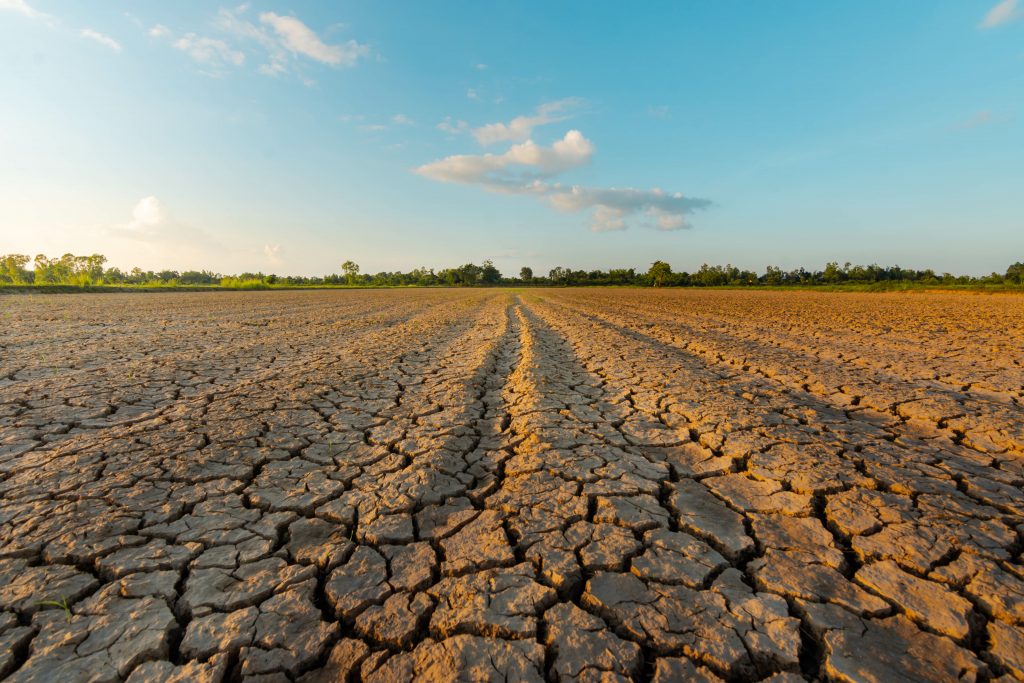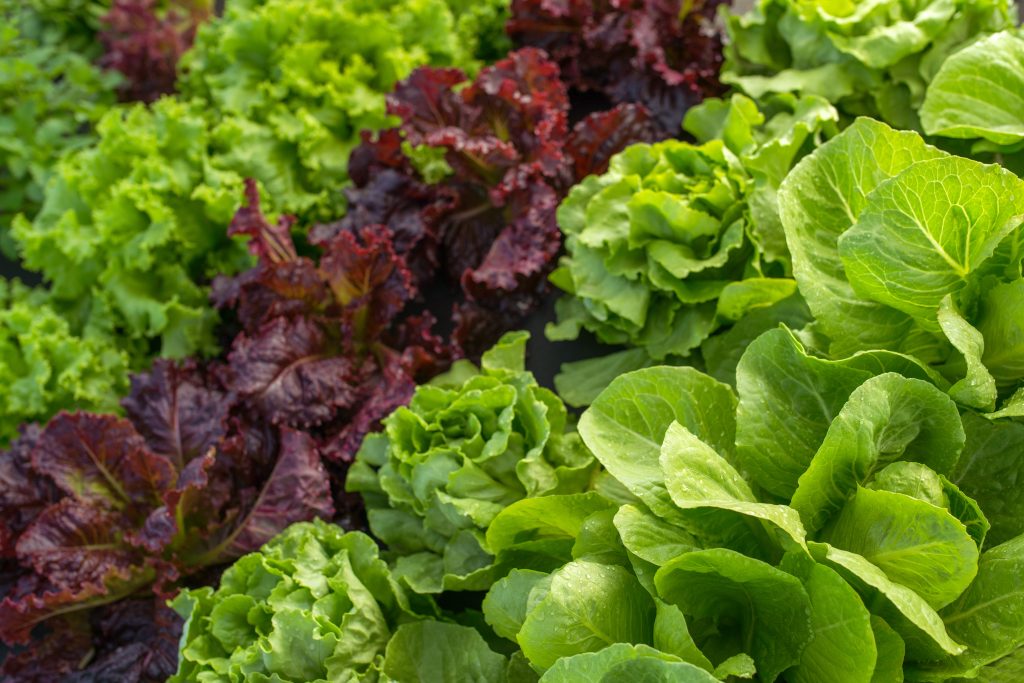If it seems as though you spent a lot more on produce during your most recent grocery shopping trip, you’re probably right. According to the most recent Producer Price Index from the U.S. Bureau of Labor Statistics, vegetable prices increased 38% from October to November. And compared to last November, veggie prices are up more than 80%.
But why?
Multiple factors are to blame for the price increases that will likely last for some time.
Drought
States across the western U.S. suffered severe drought conditions this year. As a result, the Colorado River, which supplies Arizona, California, Nevada and parts of Mexico, and Lakes Powell and Mead (the country’s two largest reservoirs), is drying up.
About 80% of the water from the Colorado River is used for agriculture. Over one-third of the country’s vegetables are grown in California, and Arizona is the nation’s second-largest producer of leafy greens.
“The prolonged droughts that we’re seeing [present] some increased risk that inflation remains higher for a longer time,” Wells Fargo economist Charlie Dougherty told CNN.

Weather, Disease And Other Factors
In September, hurricane Ian caused almost $2 billion in damage to Florida’s agriculture industry. In addition, Russia’s war against Ukraine has led to a shortage of fertilizer, with prices nearly tripling. Worker shortages and high energy prices are also factors.
“When you’ve put all that together, farmers and ranchers have experienced extraordinary cost pressures,” Dougherty told CNN. “And those higher costs are being passed on to consumers.”
Experts also blame an insect-borne virus for soaring prices of lettuce. Impatiens necrotic spot virus (INSV) caused widespread damage to crops in the Salinas Valley, California, an area that produces more than half of the country’s lettuce, resulting in a yield loss of more than 80%. Warmer winters in recent years have allowed the virus to thrive year-round.
“In October most of the nation’s lettuce comes from the Salinas Valley and they are having very low production because the virus affected their crop,” Bruce Babcock, an agricultural economist at the University of California, Riverside, told NBC Bay Area. “A case of romaine is $75 now, and last January it was $25, so that’s almost a tripling of prices at the wholesale level.”

Ways To Save On Produce
While high prices on vegetables may stick around for a while, you can take steps to stay within your budget. For instance, check your local grocery ads before making your shopping list and create a menu based on sale items. You can also use comparison-shopping apps to locate the best deals.
Buy vegetables in their simplest form, which is cheaper than getting them already chopped or in kits. Frozen and canned veggies tend to be less pricey, as well.
Shop at nearby farmer’s markets when you can. Not only does this help your local economy, but you can also save money since there’s no expensive shipping or packaging.
Finally, you may want to consider starting a garden this spring. Growing your own fresh produce means you’ll have an abundance of the veggies your family enjoys for a fraction of the cost at the grocery store.
By Tricia Goss, for Newsy.
This story originally appeared on Don't Waste Your Money. Checkout Don't Waste Your Money for product reviews and other great ideas to save and make money.


